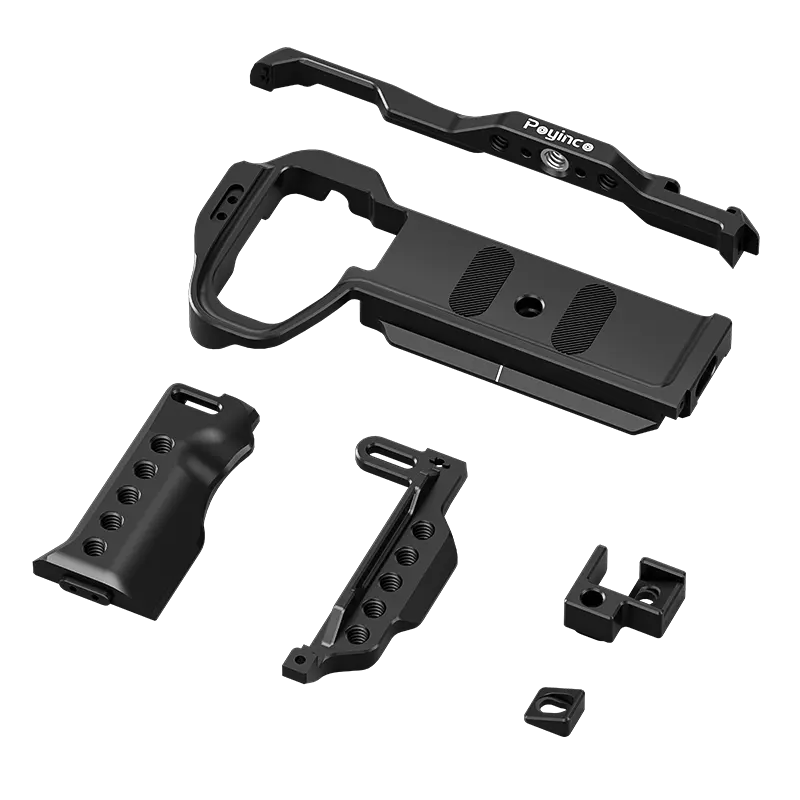

Time:2025-05-16 Views:1

CNC cutting technology has become an essential part of solar panel production, playing a crucial role in ensuring the precision, efficiency, and quality of solar panel components. Solar panels consist of multiple layers and components, including photovoltaic cells, conductive layers, and protective materials, all of which require accurate cutting to fit together properly and function effectively.
The CNC cutting process in solar panel production begins with the design and programming of the cutting path. Using computer - aided design (CAD) software, engineers create detailed designs of the solar panel components, specifying the shape, size, and cutting parameters. These designs are then converted into CNC programs that control the movement of the cutting tool. The cutting tool used in solar panel production can be a laser cutter, waterjet cutter, or a mechanical cutter, depending on the material being cut.
Laser cutting is commonly used for cutting photovoltaic cells and thin - film materials in solar panels. Lasers offer high precision and can cut through materials with minimal heat - affected zones, reducing the risk of damage to the delicate photovoltaic cells. The high - speed and accurate cutting capabilities of lasers also enable the production of complex shapes and patterns, which are often required for optimizing the performance of solar panels. For example, laser cutting can be used to create interdigitated back contacts on photovoltaic cells, improving the electrical conductivity and efficiency of the cells.
Waterjet cutting, on the other hand, is suitable for cutting thicker and more robust materials used in solar panel frames and protective layers. Waterjet cutters use a high - pressure stream of water mixed with abrasive particles to cut through materials. This method is ideal for materials such as aluminum, stainless steel, and tempered glass, as it produces clean cuts without generating excessive heat. The ability to cut a wide range of materials with different thicknesses makes waterjet cutting a versatile option in solar panel production.
Mechanical cutting, such as using a CNC router, is also employed for cutting certain components in solar panels. Mechanical cutters are effective for cutting larger - sized materials and can handle materials that may be difficult to cut with lasers or waterjets. They offer good precision and can be used for tasks such as cutting the insulation layers and backing materials of solar panels.
CNC cutting in solar panel production offers several benefits. It ensures the precise sizing and shaping of solar panel components, which is essential for proper assembly and optimal performance. The high - speed and automated nature of CNC cutting also increases production efficiency, reducing the time and labor required for manufacturing solar panels. Additionally, CNC cutting allows for consistent quality across a large number of solar panels, as the same cutting parameters can be replicated for each panel. This consistency is crucial for meeting the strict performance and safety standards of the solar energy industry, enabling the widespread adoption of solar panels as a reliable and sustainable source of energy.
Read recommendations:
Metal Camera Cage for Canon EOS 70D 80D 90D Camera Aluminum Alloy Camera Accessories
Universal DSLR Camera Camcorder Hand Grip Stabilizer Portable Handheld Selfie Stick
Bidirectional Installation of Quick-Release Boards
Impact - Induced Displacement Resistance of Quick - Release Plates